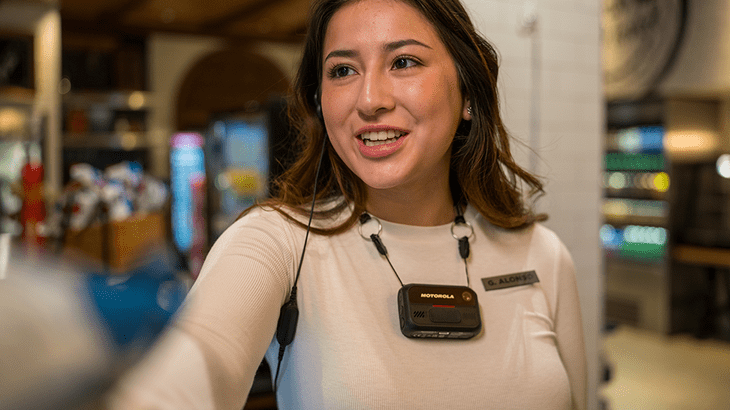While the continued growth of Malaysia’s e-commerce industry is good news for businesses, there are also warning signs for brands and platforms that cannot keep pace. One study found that the average Net Promoter Score (NPS) of Malaysian e-commerce consumers dropped from 37 percent in 2021 to 25 percent in 2022.
Another found that three out of five consumers will stop using an app after several unsatisfactory experiences, while 17 percent of consumers will quit using an app after a single negative experience. In other words, poor user experience will push many consumers to revert to offline channels for their purchases and will continue to drive more customers away.
With expectations for seamless and highly personalized omnichannel experiences, user experience with a brand’s mobile app cannot be inferior to shopping through its website or at a brick-and-mortar location. Considering that many Malaysians prefer online platforms for product discovery and evaluation, while opting for face-to-face channels for actual purchases, a user-friendly app can make customer experience more seamless.
Creating a frictionless and highly personalized omnichannel experience requires real-time access to a lot of data; customer data, inventory, product specifications, and website activity, to name a few. However, traditional databases are not built to handle this mix of unstructured and semi-structured data at the velocity and volume required by e-commerce platforms. In addition, they also lack the scalability necessary for surges in customer activity and demand.
NoSQL cloud databases have the scalability that allows e-commerce platforms to function seamlessly even during surges in online shopping activity. When paired with edge computing capabilities, e-commerce apps, and websites enjoy improved latency because data does not have to travel far. Data synchronization across edge devices and edge data center’s also ensure that apps remain functional, even when Internet connectivity is subpar.

How To Take Online Shopping Experiences to the Edge
There are multiple ways data can be utilized for a smoother online shopping experience. User profile data, for example, is not just for creating a 360-degree view of the customer. It can also be leveraged into a hassle-free authentication process by eliminating the need to accomplish lengthy forms.
Shopping cart management is another way the user experience for e-commerce mobile apps can be optimized. The ability to check out purchases easily and securely, coupled with viewing and modifying the contents of a shopping cart anytime, minimizes cart abandonment rates.
Meanwhile, integrating an e-commerce platform loyalty program into a mobile app can encourage customers to place purchases through the app itself. At the same time, this greatly reduces process friction by enabling customers to view their rewards activity and make redemptions on one screen.
Last but not least, the mobile app can track user behavior and statistics, both of which are at the heart of a highly personalized omnichannel experience. The e-commerce platform can then leverage that data to generate real-time suggestions for the customer through the app and other channels. Enabling these features requires businesses to augment their cloud strategies with mobile and edge capabilities.
Thriving in the New Era of Customer Experience
Businesses have to improve their approach to data to ensure mobile experiences are a delight instead of a chore for customers. By leveraging NoSQL edge-ready cloud databases, organizations empower their developers with the ability to better handle unstructured and semi-structured data.
With a better data infrastructure, developers can create new and dynamic mobile applications that give the business the competitive advantage – particularly during peaks in shopping demand. For example, a NoSQL edge-ready cloud platform embeds a mobile database with built-in sync capabilities that enable organizations to handle data at the edge and power modern applications that are super-fast and always reliable.

Genie Yuan, Regional Vice President, APAC, Couchbase
Simply put, by processing data as close as possible to where it is produced, edge computing enables the real-time interactions necessary for a seamless omnichannel user experience. Meanwhile, synchronizing data across edge devices and edge data centers, ensures that the data is always available and that the app remains accessible, even during spikes in user activity.
While Malaysia’s e-commerce sector is currently thriving, there is no assurance that this success will continue without ongoing enhancements to user experience.
By adopting effective data strategies, businesses can successfully navigate the difficulties posed by rising consumer demand and the need for personalized and smooth services.




